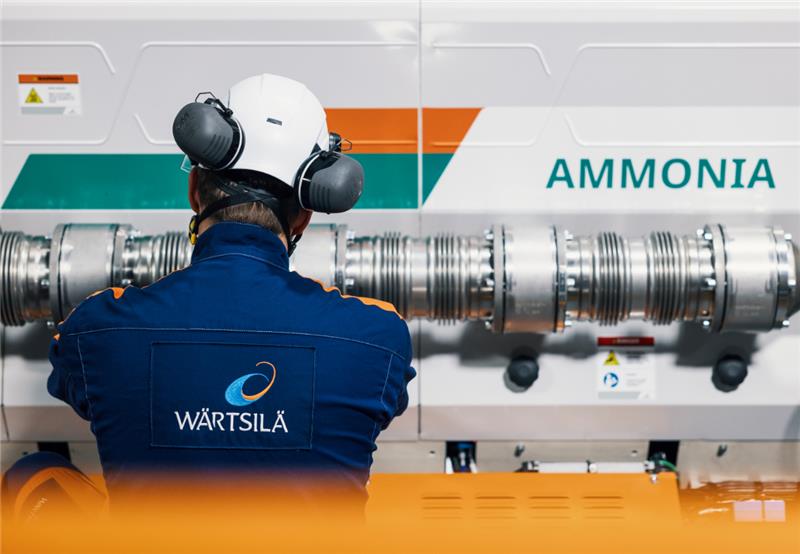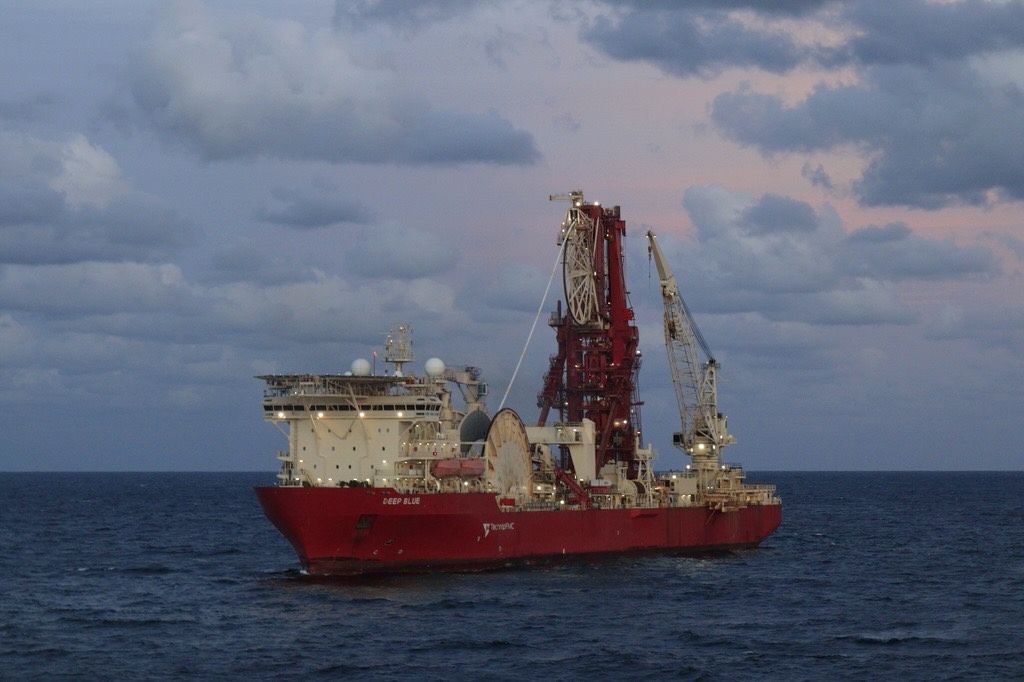Now Reading: Wärtsilä’s 4-stroke ammonia engine delivers up to 90% GHG emission reduction
-
01
Wärtsilä’s 4-stroke ammonia engine delivers up to 90% GHG emission reduction
Wärtsilä’s 4-stroke ammonia engine delivers up to 90% GHG emission reduction

Finland’s Wärtsilä has achieved a significant reduction in greenhouse gas emissions with its four-stroke ammonia engine, showing up to a 90% decrease in emissions levels. The company conducted extensive testing on the Wärtsilä 25 engine, comparing results against the FuelEU Maritime regulation reference. Results revealed that a 95% ammonia energy share could reduce GHG emissions by up to 90% compared to similar diesel engines, marking an 18% improvement in emission performance.
Introduced in November 2023, the four-stroke ammonia engine is part of the Wärtsilä 25 platform and was developed based on experience with low-pressure dual-fuel engines using LNG. Recent trials confirmed ammonia as a suitable fuel source for the low-pressure Otto cycle concept. The efficiency of the low-pressure concept was found to be consistent with dual-fuel LNG engines, and ammonia demonstrated high knock resistance and combustion capabilities across various settings.
Wärtsilä emphasized its commitment to continuous improvement in enhancing the capabilities of its ammonia engine solution to support greenhouse gas emission reductions in the industry. The company plans to fit the boosted performance onto contracted engines, with deliveries scheduled from 2026 onwards. Ammonia is increasingly viewed as a crucial alternative fuel for the shipping industry, with potential to aid in achieving decarbonization targets by 2050.
While ammonia offers environmental benefits, challenges like eutrophication, acidification, and emissions of potent greenhouse gases need to be addressed. Production of electro-ammonia is highlighted as an energy-intensive process, and the compound’s hazardous nature presents safety concerns for ship operations. Training frameworks for seafarers may need to be enhanced to handle the unique hazards associated with ammonia use in the maritime industry.






